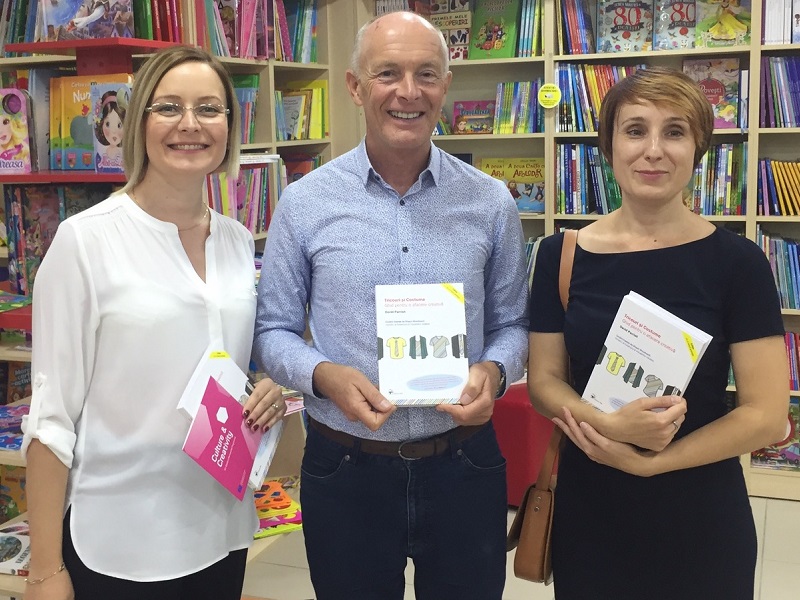
Culture in Figures and Facts
These facts can be used in texts and presentations focusing on cultural advocacy:
https://www.culturepartnership.eu/en/page/culture-matters
How to use the database: Here will you find individual facts and figures to use in making a point or for an in-depth analysis of cases and problems. In terms of the latter, each document contains not only statistics but also an analysis of the effects and results, and recommendations for similar situations.
Key Topics:
The impact of culture on the development of cities and regions: According to the UN, 54% of the world’s population lives in cities, and by 2050, this figure will increase to 66%.
The transition to a knowledge economy, which is closely related to creativity and innovation, has made cities the centres of production and opportunities. In our round-up of facts, you will find cases of small and large European cities that solved infrastructure problems or revived depressed districts through cultural projects.
Case: One such example is the Uzupis neighbourhood in Vilnius, Lithuania. In the 1990s, it was the site of a clothing factory, with active criminal gangs and a growing artistic life. Later, artists created the Riverhouse art incubator, which together with several art studios and a café became the centre of the neighbourhood’s development. According to the latest data, 300 representatives of cultural industries and 50 creative enterprises currently operate in Uzupis, and its annual revenue is EUR 6 million.
Economic benefit: 4.2% of Europe’s GDP is made up of cultural and creative industries, with revenue of 535.9 billion. The sector is the third largest employer in the EU. In our round-up of facts, you will find many figures and statistics showing the positive economic impact of culture. You will be able to learn how a specific sector affects the economy and how much, for example, the film industry, music festivals, publishing business or fine arts earn in the EU. In addition, you will find many cases that show the impact of culture on tourism.
Case: According to experts, 40% of tourists visiting Europe are primarily interested in cultural events, museums and monuments. For example, 9.2% of tourists who visit the UK visit theatres, musicals, the opera and ballet.
The impact of culture on social development: Of course, the positive impact of culture cannot be viewed exclusively from the economic perspective. In our round-up, you will find facts about the role of culture in conflict resolutions, enhancing the engagement of civil society and promotion of tolerance.
Case: One of the studies shows that people engaged in cultural initiatives and projects are 3.8 times more active in civic activities than others. And these figures are independent of the level of education and gender.




